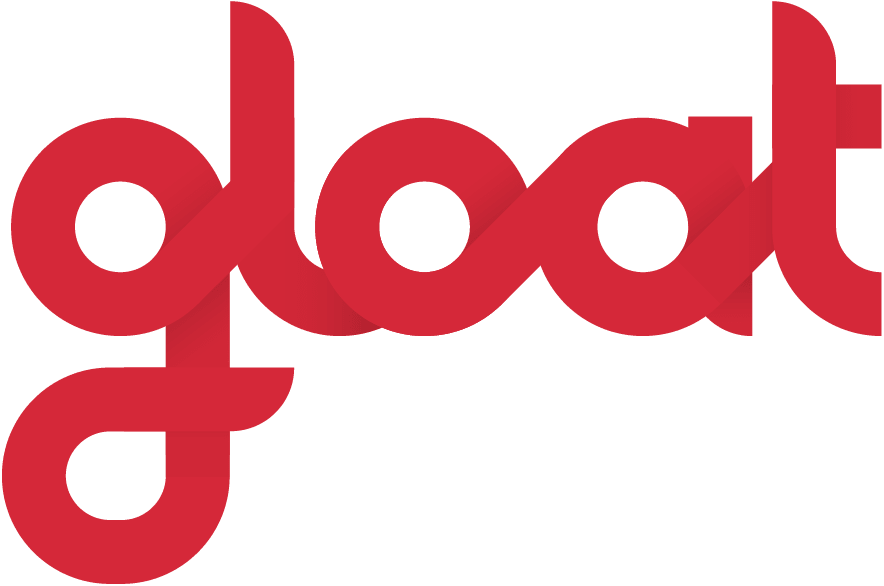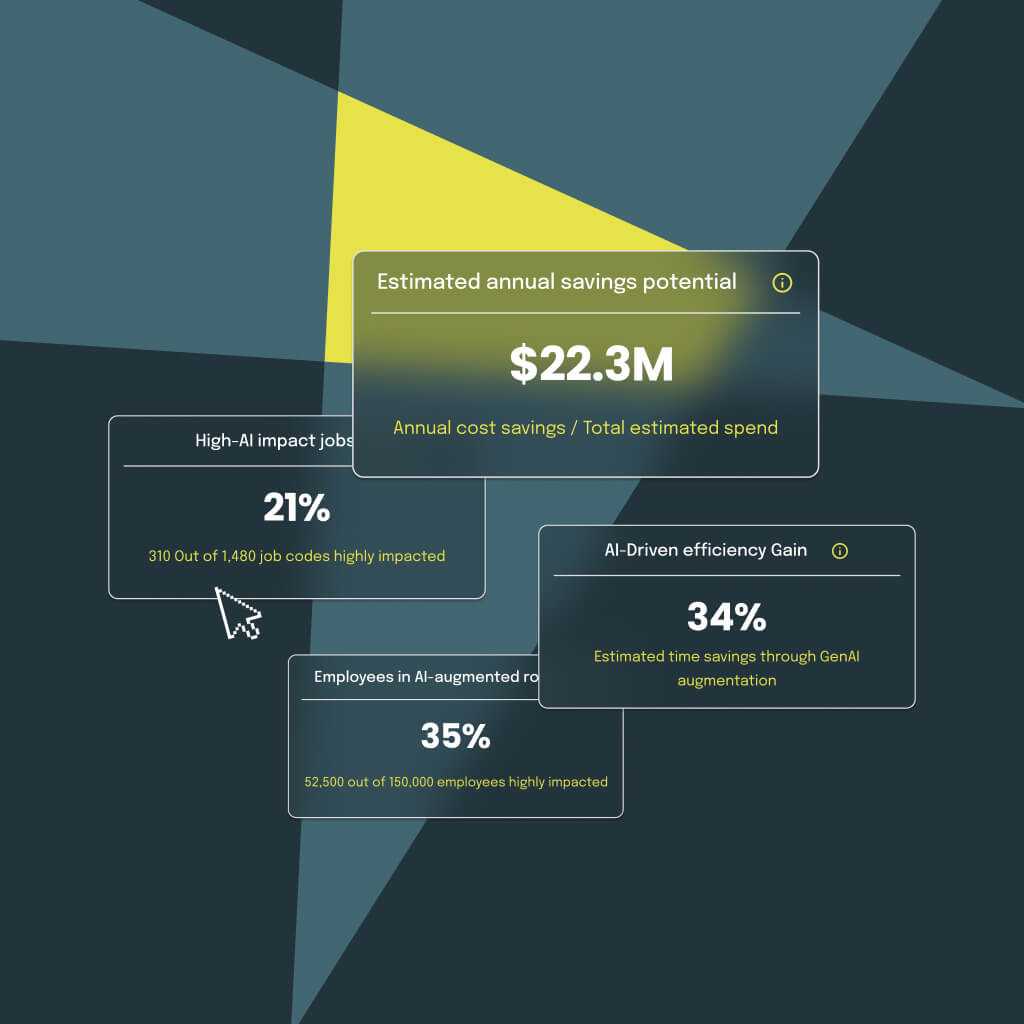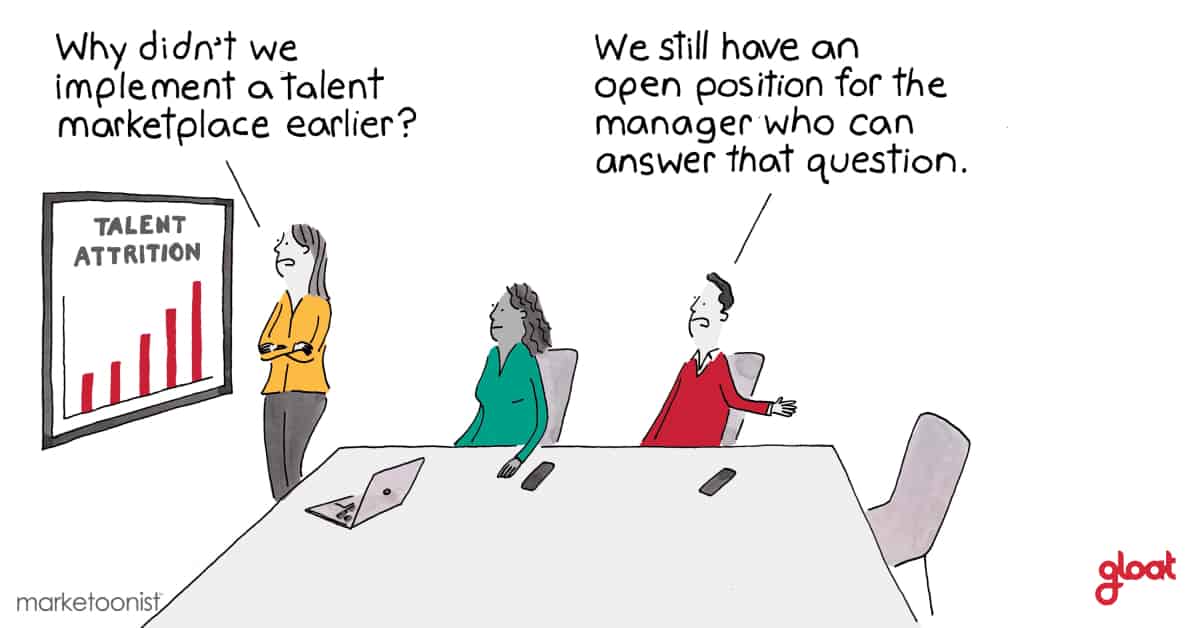What is the AI Productivity Gap?
Why most AI investments fail to deliver real business value

Companies are pouring money into AI like never before. Spending jumped from $2.3 billion in 2023 to $13.8 billion in 2024. But here’s the problem: less than one in four executives is actually seeing real results from all that spending. This massive gap between AI investment and actual impact comes with a hefty price tag.
The numbers are eye-opening. The U.S. faces an annual AI productivity gap of approximately $500 billion due to a lack of AI integration and training. Companies are buying the latest AI tools but failing to get their teams ready to use them effectively. It’s like purchasing a Ferrari and never learning how to drive; the potential is there, but it’s going nowhere.
This isn’t just about missing out on opportunities anymore. With AI spending showing no signs of slowing down in 2025, companies that can’t figure out how to turn their AI investments into real business results aren’t just wasting money-they’re falling further behind competitors who have cracked the code on making AI actually work for their bottom line.
What is the AI productivity gap?
The AI productivity gap represents the growing disconnect between the substantial investments organizations are making in AI and the actual business value these investments generate. This gap manifests when companies enthusiastically adopt AI solutions but fail to establish the necessary organizational foundations to translate these technologies into measurable productivity improvements.
At its core, the AI productivity gap occurs when:
- Organizations lack visibility into AI impact across the enterprise and are unable to measure how effectively AI systems integrate with existing workflows and drive business outcomes.
- Work processes remain unchanged despite AI implementation, missing the opportunity to redesign and optimize workflows at the task level for maximum effectiveness.
- Employees aren’t equipped or aligned for AI-powered work because they lack both the skills to leverage AI tools effectively and reallocation opportunities.
This gap isn’t merely a technology implementation challenge; it’s a fundamental business problem that threatens to undermine the transformative potential of AI across industries. While most organizations are eagerly investing in cutting-edge use cases, they’re simultaneously underinvesting in the essential foundations needed to convert their AI investments into meaningful business impact.
Why should leaders care about the AI productivity gap?
For executives and organizational leaders, the AI productivity gap represents both an immediate financial concern and a long-term strategic threat. The consequences of this gap extend far beyond wasted technology investments.
Organizations caught in this cycle risk falling behind competitors who successfully operationalize AI, potentially losing market share and struggling to attract top talent who seek employers at the forefront of innovation. Some top concerns include:
#1. Financial impact
The gap directly affects return on investment for AI initiatives. Organizations pouring millions into AI solutions without corresponding productivity gains are effectively burning resources that could be directed toward other strategic priorities.
#2. Competitive vulnerability
As some organizations successfully bridge the gap and begin realizing AI’s full potential, those caught in the implementation cycle will find themselves at a growing competitive disadvantage. The productivity differential between AI leaders and laggards will likely widen over time.
#3. Employee productivity
When AI tools are introduced without proper integration into workflows, employees often experience them as additional burdens rather than productivity enhancers. This can lead to resistance, reduced adoption, and ultimately, implementation failure.
#4. Innovation capacity
Organizations stuck in the AI productivity gap often find themselves in perpetual “implementation mode,” limiting their ability to explore new innovations or respond quickly to market changes.
#5. Strategic credibility
Repeated failures to generate returns from AI investments can damage leadership credibility and make it increasingly difficult to secure resources for future digital transformation initiatives.
How do you know if your organization has an AI productivity gap?
If your company has invested in AI tools but people are still doing their jobs the same way they did before, that’s a red flag. Other telltale signs include employees complaining that AI tools make their work harder instead of easier, leadership struggling to point to specific ways AI has improved business outcomes, and teams spending more time figuring out how to use AI systems than actually benefiting from them.
You might also notice that while your AI dashboard shows impressive technical metrics-like system uptime or processing speed-you can’t connect those numbers to real improvements in productivity, cost savings, or revenue growth. If your organization feels like it’s constantly implementing new AI solutions but never quite reaching the promised transformation, or if there’s a disconnect between the excitement around AI purchases and the actual day-to-day experience of employees using these tools, you’re likely facing an AI productivity gap that needs immediate attention.
What causes the AI productivity gap?
The AI productivity gap doesn’t happen by accident; it’s the result of several common but preventable mistakes that organizations make when implementing AI systems. Here are the main culprits behind this expensive disconnect.
#1. The human capital and skills shortage
The biggest bottleneck isn’t the technology itself; it’s finding people who know how to use it effectively. Most organizations rush to buy AI tools without investing in training their workforce, leaving expensive technology sitting unused because no one really knows how to maximize its potential.
#2. Implementation lags and legacy system friction
New AI systems rarely play nice with existing company infrastructure, creating frustrating technical roadblocks that slow adoption to a crawl. When it takes five extra steps to get AI tools to work with your current systems, it’s no wonder people give up and go back to their old ways of doing things.
#3. Low-impact deployment strategies
Many companies fall into the trap of applying AI to tasks that are already running smoothly, rather than targeting genuine pain points where automation could make a real difference. This scattershot approach spreads AI investments too thin across too many low-value activities, preventing any single implementation from generating meaningful returns.
#4. Individual gains that don’t scale organizationally
Just because one person or team successfully uses AI doesn’t mean the benefits will automatically spread across the organization. Without proper change management and scaling strategies, AI remains a collection of disconnected personal productivity hacks rather than a coordinated organizational capability.
#5. Quality control and workflow disruptions
AI systems can introduce new types of errors or inconsistencies that existing quality control processes weren’t designed to catch, creating more work than they save. Organizations often underestimate how much time and effort it takes to maintain AI systems and ensure their outputs meet business standards.
Why the AI productivity gap is a fixable problem
The good news is that the AI productivity gap isn’t a permanent condition; it’s a solvable business challenge once you have the right approach. The organizations successfully closing this gap aren’t the ones with the biggest AI budgets; they’re the ones that take a strategic, data-driven approach to identifying where AI can make the biggest impact and then systematically building the foundations needed to capture that value.
This is where solutions like Gloat Signal become game-changers for organizations serious about bridging their AI productivity gap. Signal helps leaders quantify automation potential across their organization, calculate precise ROI for different AI initiatives, and identify the strategic priorities that will generate the greatest returns. By providing concrete data on which tasks and processes are most suitable for AI enhancement, Signal transforms AI investment decisions from expensive experiments into calculated business strategies that deliver measurable results.
Ready to close your AI productivity gap for good? Try Gloat Signal and discover how to transform your workforce into an AI-powered organization that actually delivers results.





